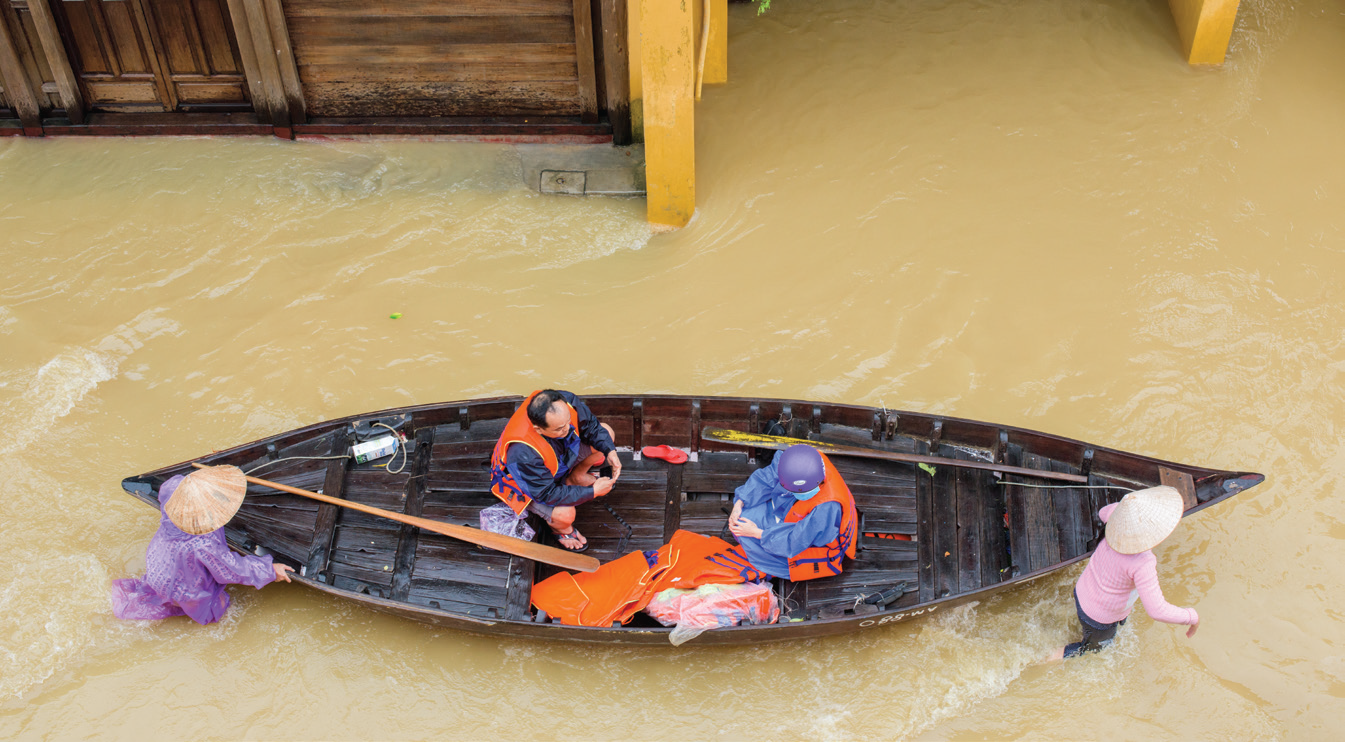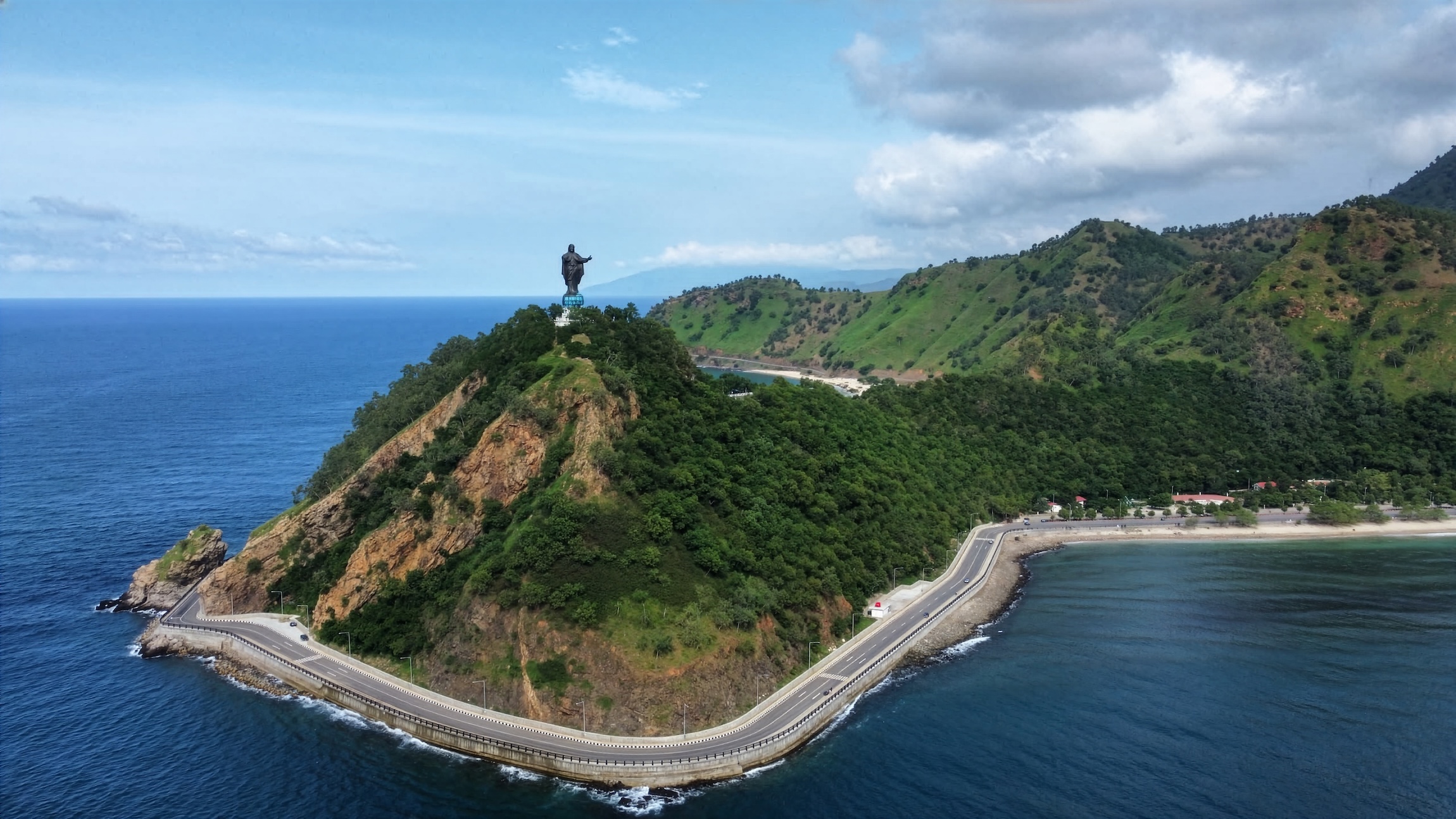



What are the financial and development implications of natural disasters?
The financial and development implications of disasters caused by natural hazards are vast and linger well beyond the disaster events. Due to their location, countries in the ASEAN region are among the world’s most disaster-prone countries, with high likelihood of their economies being severely impacted by disasters such as earthquakes, tsunamis, volcanic eruptions, tropical cyclones (typhoons), floods, landslides, and droughts. For example, in the Philippines, the average annual cost of disasters is estimated at 0.7 per cent–1.0 per cent of GDP amounting to approximately 3.6 billion US dollars from earthquakes and typhoons. Similarly in Indonesia, from 1999 to 2018, average annual losses from disasters of 1.5 billion US dollars are recorded, affecting 800,000 people per year and 190,000 lives lost in total. Damage caused by disasters has often exacerbated poverty and inequality in Southeast Asia, as the poor and vulnerable are always more disproportionately affected. Further, in some instances, the poorest parts of the affected countries in the region are more disaster-prone.
ADB has provided disaster and emergency relief assistance but in light of the increasing threats like climate change and pandemics, how have financing and loan modalities shifted over the years? Has funding for disaster risk reduction programmes increased?
ADB has been a strong and reliable partner to ASEAN Member States in times of disaster and has extended significant and timely disaster response over the past three decades. Our response after some of the most devastating disasters is noteworthy, such as the 2004 Indian Ocean Tsunami, Typhoon Yolanda (Haiyan) in the Philippines in 2013, and the 2018 earthquakes and tsunamis in Lombok and Central Sulawesi, Indonesia. ADB provided 0.4 billion US dollars in grants and 1.7 billion US dollars in long-term loans to help rebuild after these disasters. It is also worth noting that ADB set up the Asian Tsunami Fund in 2005, the first of its kind for any international financial institution with all grant resources.
ADB has also supported pandemic response in the region, for example, the 2005 Severe Acute Respiratory Syndrome (SARS) outbreak. However, the ongoing coronavirus disease (COVID-19) pandemic has been and continues to be a lesson to us all—governments, development partners and NGOs—in our individual and collective response to what is an unprecedented global disaster. ADB’s COVID-19 response in Southeast Asia has been rapid, robust and impactful. It included 5.375 billion US dollars of COVID-19 pandemic response operations (i.e., the COVID-19 Active Response and Expenditure Support Programs), emergency social assistance and health support loans, emergency health grants, emergency food assistance and knowledge support grants. ADB’s support focused on three crucial areas: (i) supporting healthcare responses to save lives; (ii) supporting the poorest and most vulnerable suffering severe economic hardship; and (iii) addressing the devastating impacts of COVID-19 on businesses and economies to help countries rebound after the crisis. The next phase of ADB’s support will focus on vaccine access, which is critical to preventing the continued loss of billions of dollars to economies.
Before the recently approved contingent disaster financing loans totaling 1 billion US dollars, namely, the Disaster Resilience Improvement Programs to Indonesia and the Philippines (ex ante), ADB’s support to its Southeast Asia developing member countries had been primarily reactive (ex post). ADB, other multilateral and bilateral development institutions have become even more responsive to the impact of climate change which is set to increase the frequency and severity of extreme climate events in the future. Rapid demographic and economic growth in hazard-prone areas, including coastal cities are also expected to increase exposure to natural hazards, contributing to continuing high levels of disaster risk.
What approaches or strategies can increase the capacity of national and local governments in Southeast Asia to meet immediate post-disaster and long-term reconstruction funding needs?
Disaster risks cannot be completely eliminated. However, there are several layers to mitigating disaster risk through financing solutions, depending on the severity of impact and frequency of the hazard events. Understanding the “risk layering” approach to disaster risk financing helps governments to determine or develop their national disaster risk financing strategies; it also helps development partners to strengthen their support to governments in addressing disaster risk.
One layer is risk retention. Instruments in this layer address medium frequency and medium severity events, for example, ADB’s contingent disaster financing (CDF), World Bank’s development policy loan facility with a catastrophe deferred drawdown option and JICA’s Post-Disaster Stand-by Loan, as well as emergency assistance loans for immediate needs and for long-term rehabilitation and reconstruction using build-back-better principles. ADB’s CDF fulfills the dual objectives of supporting fundamental disaster risk reduction and health reforms and providing quick-disbursing financing for disaster and pandemic preparedness and response.
Another layer is risk transfer which consists of insurance and insurance-linked securities such as catastrophe bonds. An example is the ADB-supported proposed innovative city parametric disaster insurance scheme (initially designed as a pool) which will provide parametric insurance to Philippine cities for typhoon and earthquake cover. The Philippines has also recently issued catastrophe bonds. Insurance is a useful instrument for financing reconstruction and rehabilitation, enabling governments to access rapid post-disaster liquidity and spread the costs of recovery and reconstruction over time. Provision of post-disaster financing provides opportunities to build back better and enhance resilience to future hazard events and emergencies. Public infrastructure replacement costs are likely to increase with climate change, thereby causing additional burden on public expenditure at national and subnational levels.
Can you elaborate on the role of the private sector in disaster risk financing? What financing tools have been made available and how do they contribute to the financial resilience and recovery of disaster-affected communities, such as farmers/fisherfolk, micro/small-scale entrepreneurs, homeowners?
Private sector involvement is critical for disaster risk, especially in the insurance sector. The participation of the private insurance sector can be promoted in two ways:
- By using insurance as an instrument to strengthen the fiscal resilience of local governments to disasters triggered by natural hazards, including the protection and rehabilitation of public and private infrastructure, restoration of livelihoods in the immediate aftermath of a disaster, and local economic recovery, there will be more opportunities for the private insurance sector. Establishing national and subnational government insurance schemes provides the local private insurance sector and institutional investors an opportunity to develop and participate in innovative insurance and reinsurance products to respond to disasters e.g. indemnity insurance, parametric insurance, insurance-linked securities and other capital markets instruments.
- A key priority of many ASEAN governments is to promote private insurance for low-income households, and agriculture and fishery micro, small and medium-sized enterprises—which are particularly vulnerable to slow-onset disasters like droughts. This is an area that ADB is keen to support and link to microinsurance and financial inclusion reforms under our policy- based programs and potentially lead to investment projects.
What are the barriers to disaster risk financing? What have been the challenges and lessons learned over the past two decades, due to the onset of large-scale disasters in the ASEAN region, like the Aceh tsunami, super typhoon Haiyan and Palu earthquake?
A major barrier to effective disaster risk financing in the ASEAN region is the lack of diversification of support through the implementation of broad country risk financing frameworks where various instruments complement one another. Further, coordination and capacity constraints that are likely to delay intergovernmental fiscal transfers during an emergency should be addressed; policy reforms should focus on enhancing long-term resilience to natural hazards and pandemics to reduce their social, health, and economic impact; and policy-based operations for disaster support should focus on sectors where investment loans are provided and ADB has experience, to ensure that constraints are addressed by relevant policy reforms. A key lesson learned from ADB’s disaster-related support for the aforementioned disasters is that effective post-disaster infrastructure reconstruction requires careful assessment, planning, and preparation if the needs and priorities of reconstruction are to be properly addressed.
How does ADB’s Strategy 2030 intersect with the disaster riskcape agenda of ASEAN and in what ways can ADB support ASEAN’s priorities and needs?
As the disaster risk landscape or “riskscape” in the ASEAN region becomes increasingly complex, disaster risk reduction needs to be strengthened to address extremities. Recent natural hazards in Southeast Asia have comprised droughts, flash floods, and seismic disasters, with agricultural droughts resulting in large economic losses and low levels of socio economic development and having the highest economic impact within Southeast Asia than across the entire Asia-Pacific region.
ADB’s Strategy 2030 has several operational priorities that support ASEAN’s agenda in addressing this increasingly complex disaster riskscape. The third operational priority of ADB’s Strategy 2030 focuses on tackling climate change, building climate and disaster resilience, and enhancing environmental sustainability. The fourth operational priority is making cities more livable; in particular, ADB will help cities explore new and expand existing sources of funding, enhance inclusive and participatory urban planning, and integrate climate resilience and disaster risk management considerations into urban planning processes. In line with these operational priorities, ADB can support ASEAN countries to develop new technologies which incorporate disaster risk and early warning information from past, present and future timescales into decision-making. Finally, ADB will continue to support the strengthening of regional cooperation to address shared vulnerabilities across Southeast Asian countries.








